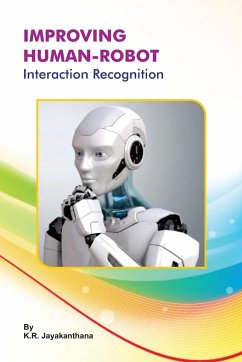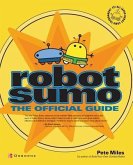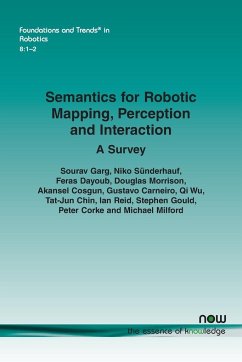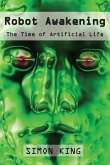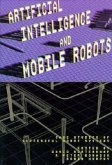Robot cops or robot police is the new arena of robotics research. The agility in the vicinity of robotics, especially towards developing Social Robots, which can help police to identify criminals, diffuse bombs, rescuing hostages etc. has received more attention than any other. Therefore, in this thesis, we have devised four different techniques of criminal identification. Our hypothesis-"it is possible to design a robust and secure criminal identification framework which can identify the criminal based on the visual perception of the eyewitness as well as by seeing them". In order to establish the above hypothesis several challenges of perception acquisition, representation and modeling have been addressed while an anti-face spoofing system has been created to discard imposter attacks. NAO Humanoid Robot has been utilized as a testbed to test our hypothesis. In the process of establishment of our hypothesis, the first contribution (chapter 3) processes eyewitness imprecise knowledge to trace out the criminals. An eyewitness's visual perception about the criminal is first captured with the help of a dialogue based Humanoid Robot framework. The captured inferences are vague hence a linear transformation is applied to quantize this information. The quantized information is then modeled with the help of our proposed decision tree (query based) and rough set based approaches. Two case studies, viewed and forensic sketches have been considered to evaluate the strength of our proposed approach. A symbolic database has been created to perform a stringent analysis on 240 public faces (150 public Bollywood celebrities and Indian cricketers, 90 local faces (our dataset)) in case of query based approach, while the benchmark mugshot criminal database of 300 persons from Chinese University of Hong Kong, has been utilized to evaluate the rough set based modeling.
